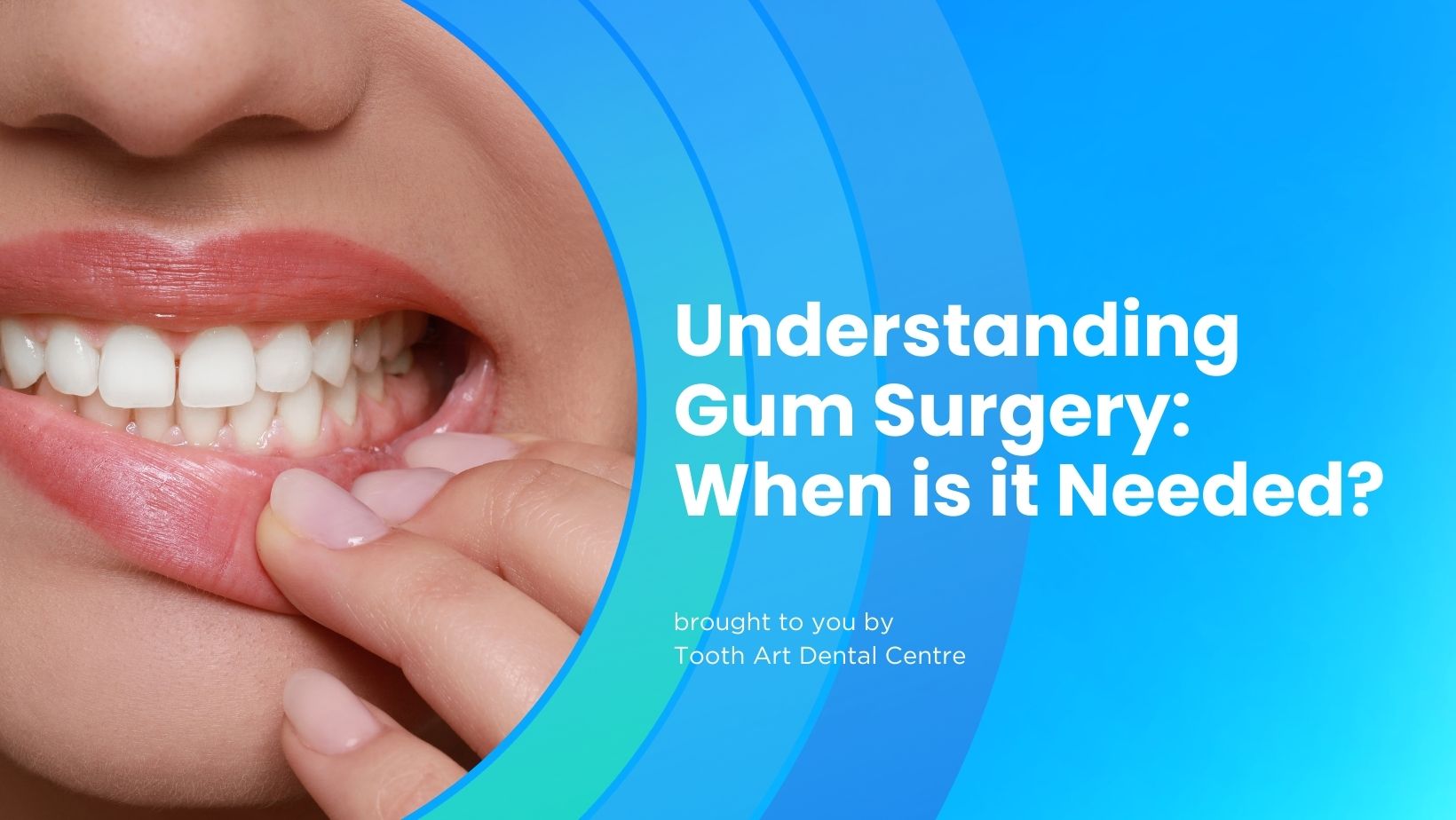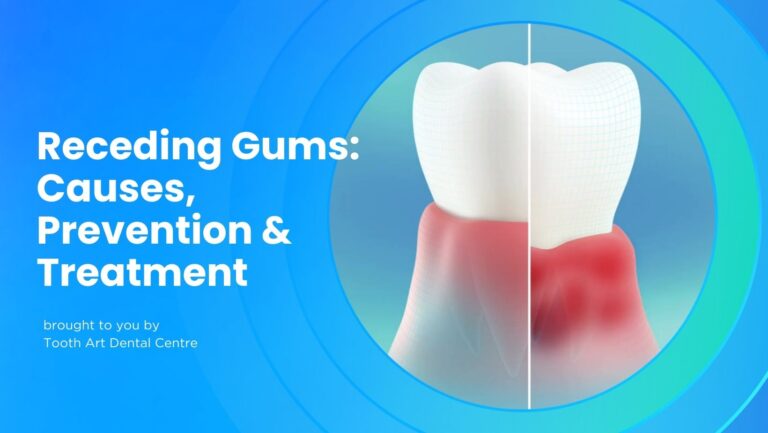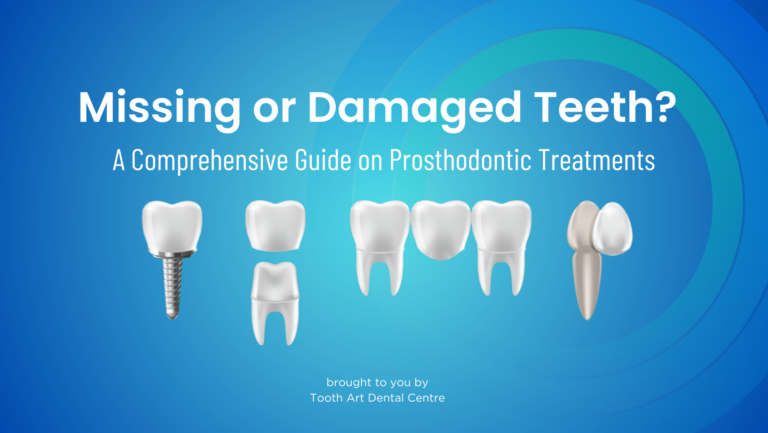Understanding Gum Surgery: When is it Needed?
Periodontal surgery, or gum surgery, encompasses a range of procedures aimed at treating various conditions affecting the gums and the supporting structures of the teeth. In previous articles, we’ve emphasised the importance of gum care and its impact on overall health, as well as discussed preventive measures like proper brushing, nutrition, and regular dental checkups. However, when preventive care isn’t enough, periodontal surgery becomes a necessary intervention. This article will explore common gum-related surgical treatments and discuss when they might be needed.
The Need for Gum Surgery
Periodontal surgery becomes necessary when a patient’s gum condition has advanced beyond the reach of non-surgical treatment methods like deep cleaning or scaling and root planing. Situations that may require surgical intervention include severe gum recession, deep periodontal pockets, bone loss, or complex cases of periodontitis:
- Recession of the Gum: This refers to the condition in which the gum pulls back from the teeth, exposing the root surfaces of the teeth. This can be caused by factors including aggressive brushing, smoking and even genetics.
- Deep Pockets: Pockets are spaces around the teeth under the gum line that are more than 5 millimeters deep.They are often caused by periodontal diseases and cannot be addressed with non-surgical treatments.
- Bone Loss: Loss of bone tissue around the teeth and in the jaw can occur after losing teeth, more commonly caused by periodontal or gum diseases.
- Infection or Inflammation: Prolonged or severe gum inflammation or infection that doesn’t respond to other treatments.
Types of Periodontal Surgery
- Pocket Reduction Surgery (Flap Surgery): This procedure involves lifting back the gums to remove tartar deposits in deep pockets. The gums are then sutured back in place to fit snugly around the tooth. This method reduces the space between the gum and the tooth, decreasing the areas where harmful bacteria can grow.
- Regenerative Procedures: If the bone supporting your teeth has been destroyed due to periodontal disease, procedures like bone grafts, tissue-stimulating proteins, or membrane placement can help regenerate lost bone and tissue.
- Gum Graft Surgery: This is used to cover roots or develop gum tissue where absent due to excessive gum recession. During the procedure, gum tissue is taken from your palate or another donor source to cover the exposed root. This can help reduce sensitivity and protect your teeth from root decay.
- Frenectomy: This involves the management of soft tissue attachments that affect periodontal health or the fitting of dental prostheses. In dentistry, frenectomies are performed on the oral frena, which can be found in two main locations i.e. the lingual frenum (under the tongue) and the labial frenum (attached to the gum above the front teeth or to the gum inside the lower lip). It is often performed to correct issues related to the movement of the lips and tongue and it can help in improving oral function, including speech, eating, and sometimes orthodontic conditions.
- Crown Lengthening: This can be performed to reshape excess gum and bone tissue to expose more of a tooth’s structure. It is often used for patients who have a “gummy” smile or for those needing a dental restoration.
- Dental Implants: For teeth that are lost or beyond repair, dental implants are a common solution. They involve the placement of a titanium post in the jawbone to serve as a stable anchor for a replacement tooth.
Recovery and Aftercare
The recovery process from periodontal surgery varies depending on the specific type of procedure undertaken. Patients generally may experience some discomfort, swelling, and bleeding post-surgery. Adhering to the dentist’s post-operative care instructions is vital for a smooth recovery. These instructions often include taking prescribed medications to control pain and prevent infection. Dietary adjustments are also recommended, such as consuming soft, cool foods and avoiding hard, crunchy, or spicy items that might irritate the surgical site.
Oral hygiene remains a critical part of the aftercare process. Patients need to practice gentle brushing and flossing around the surgical site, according to their dentists’ aftercare instructions.
Conclusion
Periodontal surgery is a crucial intervention for advanced gum disease and related conditions. While prevention through regular dental care is key, understanding when and why such surgery is needed can empower patients to make informed decisions about their oral health. If you’re experiencing signs of advanced gum disease, consult with a periodontist to explore the best treatment options for your condition. Remember, timely intervention can not only save your smile but also contribute significantly to your overall well-being.
If you’re concerned about your gum health, schedule a consultation with a periodontist to discuss a treatment plan tailored to your needs.







